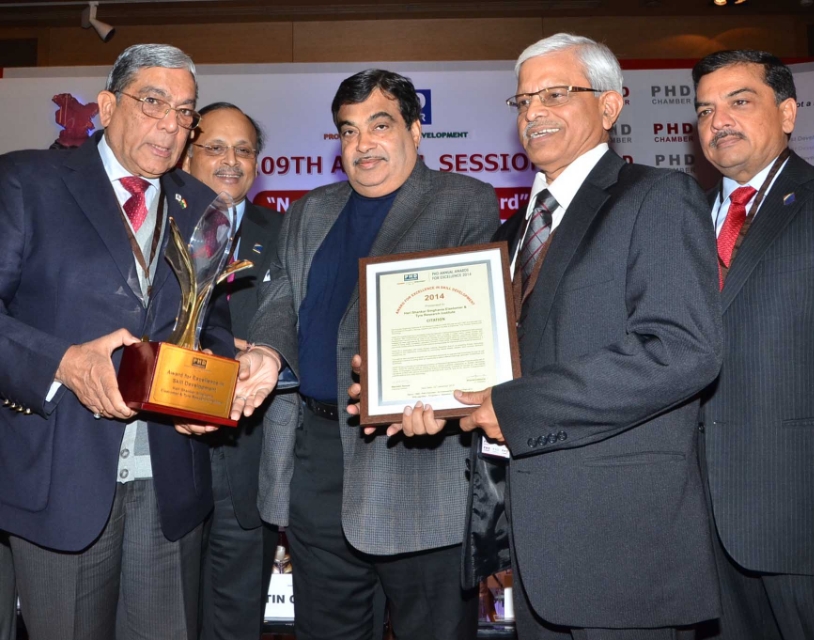Bead Wire
In organic tyre cords such as multi filament steel cord (used as body ply and belt) and mono filament bead wire (used in Bead bundle) are mainly used as tyre reinforcement in truck bus radial tyre and passenger tyre.
- Tensile Properties:
Tensile properties such as breaking force, maximum force, Elongation at break, Elongation between defined forces, Yield strength are analysed to evaluate the strength of materials. Tensile properties after thermal ageing can also be done.
The load-bearing ability of a reinforced rubber product such as a tire bead is related to the strength of the single filament wire used as the reinforcing material. The breaking force and yield strength of tire bead wire is used in engineering calculations when designing this type of reinforced product.
Elongation of tire bead wire is taken into consideration in the design and engineering of tire beads because of its effect on uniformity and dimensional stability during service.
Standards:
ASTM D4975 - Adhesion Properties:
This test plays a significant role in Quality acceptance role for commercial shipment. Bead wire must have good adhesion to the rubber for better mechanical properties. Superior adhesion between the rubber compound and bead wire is required to maintain the rigidity of the bead bundle.
Standard:
ASTM D1871 - Physical Properties:
- Linear Density:
Linear density is mass per unit length. The linear density of steel cord is used to calculate the expected mass of pneumatic tires and the various components used in their manufacture as a part of the process control procedure.
Standard:
ASTM D2969 - Gauge:
Diameter is one of the basic mechanical properties of single-filament wire. Tire bead dimensions and tensile properties are dependent on the wire diameter.
Bead wire gauge tested using Flat anvil type micrometer.
Standard:
ASTM D4975 - Torsion:
Complex stress and strain conditions, sensitive to variations in materials, occur in a wire specimen during torsion testing. The torsion test is a useful tool in assessing wire ductility under torsional loading. Defective wire lowers torsion resistance.
Torsion test after thermal aging is usually done as per standard method.
Standard:
ASTM D4975, IS 1717 - Reverse Bend:
Reverse bend test is used to evaluate the ductility of mono filament bead wire. Higher the number of bends, better the ductility.
Standard:
IS 1716
- Linear Density:
Highlights

HASETRI featured in Indian/International Rubber Journal
An enlightening interview with Dr. R. Mukhopadhyay, Director & CE, HASETRI, speaks of the current situation of the Indian tire and rubber industry and how they are coping with the pandemic.

HASETRI successfully enhanced the scope of NABL accreditation
September 2021: HASETRI has successfully enhanced the scope of NABL accreditation in Wet Grip and Coast by Noise testing for Cl & C2 category tyres as per ECE R117 and proposed AIS 142.

PHD Annual Awards for Excellence Announced
HASETRI imparted training to candidates under the STAR scheme of NSDC,GOI in rubber sector(under Rubber SDC)for the job roles of mill & Tyre Building Operator-commercial vehicles. The Institute has been approved as the first training provider for rubber sector by RSDC under NSDC,GOI


